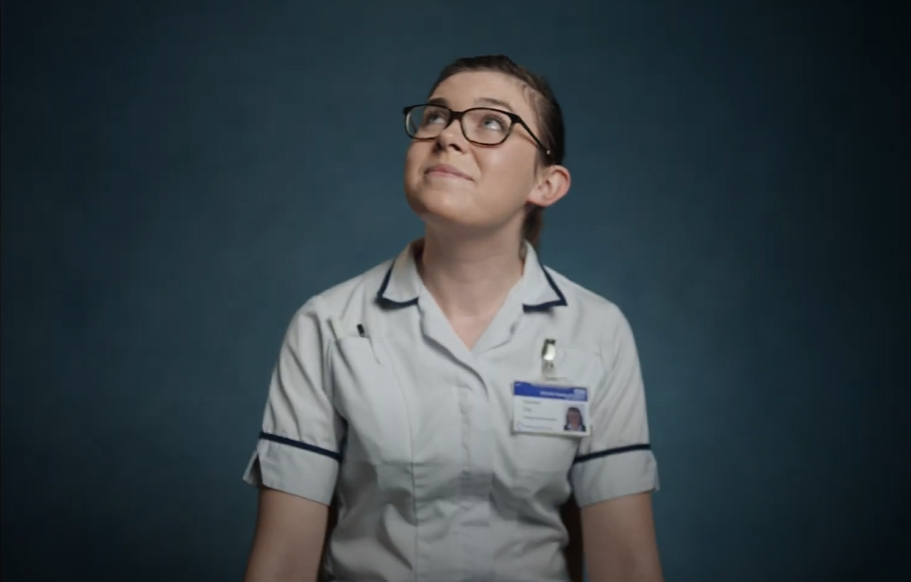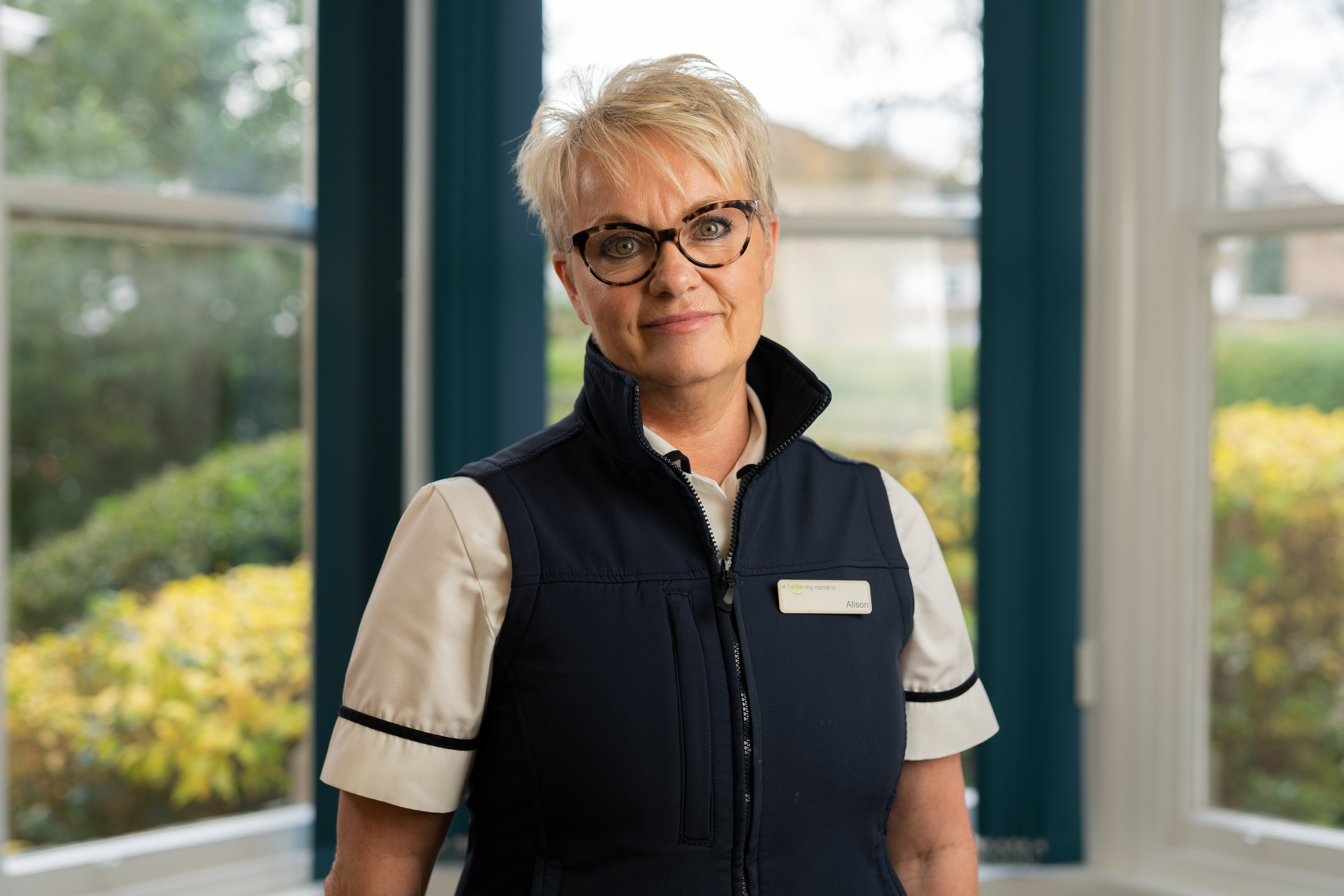Assistant Practitioner
Supports clinical service delivery, cares for individuals and performs simple protocol-driven clinical diagnostic imaging examinations.
Return to Clinical Practice main page

Supports clinical service delivery, cares for individuals and performs simple protocol-driven clinical diagnostic imaging examinations.
Return to Clinical Practice main page

Assistant Practitioners perform clinical tasks that might otherwise be undertaken by a radiographer or equivalent health care professional in clinical imaging or radiotherapy. Their work is protocol-driven within a defined scope of practice. They work under the supervision of Radiographers, Nuclear Medicine Technologists, Sonographers and registered nurses. Assistant Practitioners are primarily patient-facing, undertaking many of the roles and responsibilities of Senior Clinical Support Workers, such as cannulation and positioning of patients, as well as clinical tasks performed by Radiographers.
Assistant practitioners require:
The content of the Level 5 qualification should provide equivalent underpinning knowledge as that of a radiographer performing the same examinations, such as:

Staff at this level should have the specific learning that supports their role in diagnostic radiography, such as
| Role | Entry-level education requirements | Training and education once in post |
|---|---|---|
Assistant practitioner | Level 5 (Equivalent lvl.5 qualification and A-Levels, GCSEs or equivalent) |
|

Kyle Jewitt who's an Assistant Practitioner at Gloucestershire Hospitals NHS Foundation Trust. Kyle, sheds light on his position, how he's developing and the importance of having a continual cohort in order to develop radiographers.
Kyle Jewitt
Assistant Practitioner
Gloucester Hospitals NHS Foundation Trust

Radiography is one of the most innovative aspects of healthcare – you’ll use advanced technology to look inside patients’ bodies and understand the root causes of their illness, and consult with colleagues on diagnosis and treatment plans.

You’ll be a source of hope and care for those diagnosed with cancer. Using radiotherapy, you’ll collaborate with other healthcare professionals to create individual treatment plans that blend technical expertise with emotional support for your patients.
 Alison Jenkins | Assistant Practitioner, MRI
Alison Jenkins | Assistant Practitioner, MRI
Circle Health Group at the Duchy Hospital, Harrogate
Clinical support workers, senior clinical support workers, mammography associates and assistant practitioners play key roles in the provision of patient-centred imaging and radiotherapy services alongside Radiographers and associated professionals.
They come into diagnostic imaging or radiotherapy services from diverse backgrounds.
